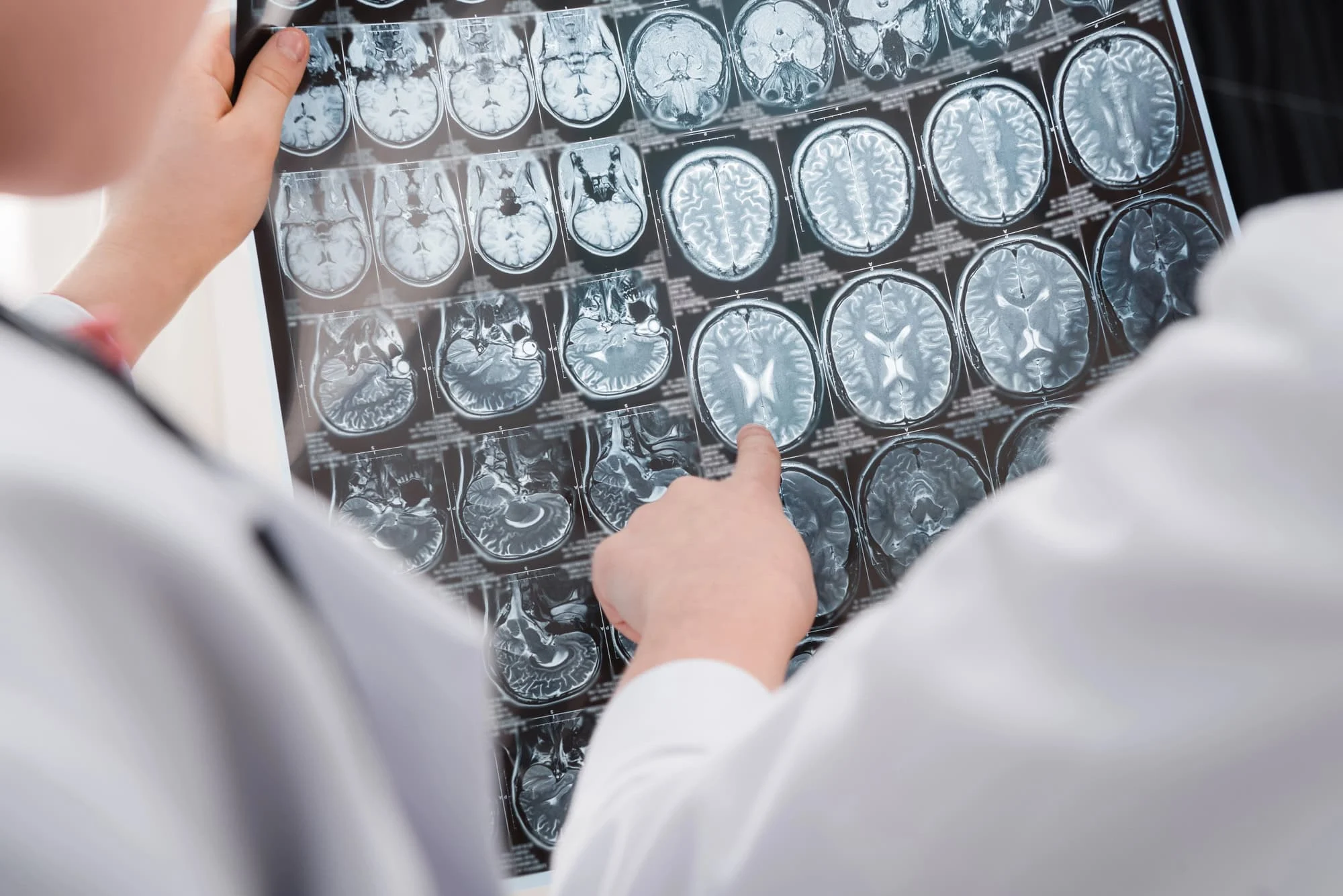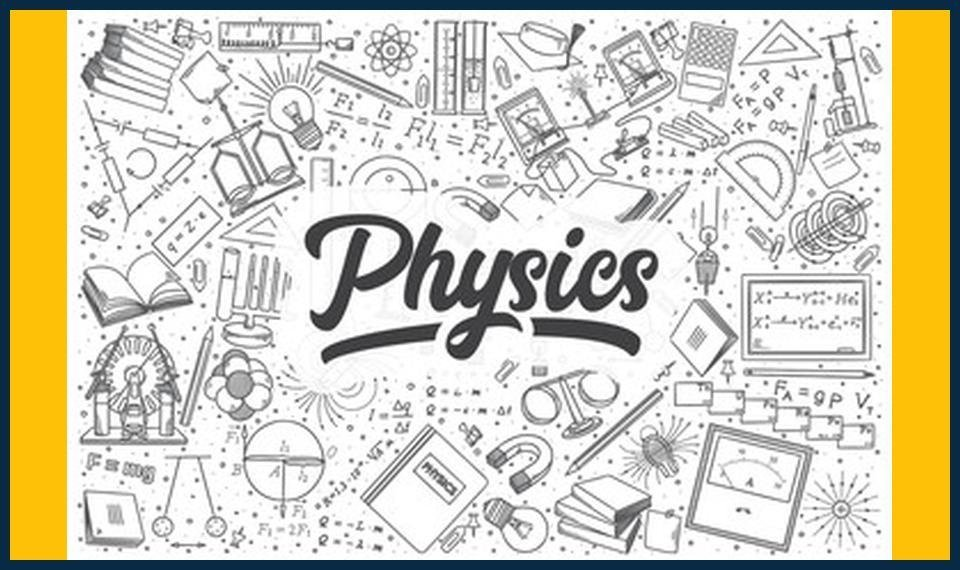![]()
The traditional approach to teaching neuroanatomy has long focused on the identification and labeling of individual brain structures. However, a recent study challenges this norm, suggesting that emphasizing neural connections and their functional outcomes can simplify neuroanatomy and significantly improve student understanding and retention.
In two classroom experiments involving 129 university students, a 3D brain model tool was used to teach 48 brain structures. Half of the students were taught with a connection-based narrative approach, providing simple functional context (e.g., “Connects with X to help you move your eyes”), while the other half only saw the names and shapes of the structures. The results were striking: after a one-month delay, students who were taught using connection-based narratives remembered significantly more and were able to apply their knowledge to clinical examples.
In addition, retrieval practice was found to be beneficial, but categorizing structures by systems like “motor” or “visual” showed no benefit and sometimes led to more confusion. This research has important implications for educators striving to help students remember and apply complex information. Simply providing lists and labels is not enough. Instead, when students are taught how things work together, understanding deepens, and memory improves.
The study draws on constructivist theory, which posits that learning occurs best when students build mental models using connected knowledge. For example, linking the red nucleus to the cerebellum to explain coordinated movement makes the content memorable, not just testable.
In practical terms, teachers can improve outcomes by shifting from asking “what is this?” to “what does this do and how does it link to other things?” This can be applied in any classroom setting, without the need for specialized technology. The key is in using narrative and context. Whether teaching brain parts, a historical timeline, or a scientific process, always explain how components link together and what function they serve.
Retrieval practice is also important, but it can be enhanced by offering a short sentence that connects each question to another idea. For instance, after a question about chlorophyll, one could ask “What connects to what? Why does it matter?”
In diagrams and group tasks, encourage students to build “connection parts” rather than lists. This can help students shift from memorizing to understanding. These small changes can lead to significant improvements in long-term retention. When students see how parts work together, understanding sticks.
Teachers can make a real difference by making small changes to their approach: link content, build context, and focus on function. When students understand how parts work together, learning becomes more meaningful and memorable.




